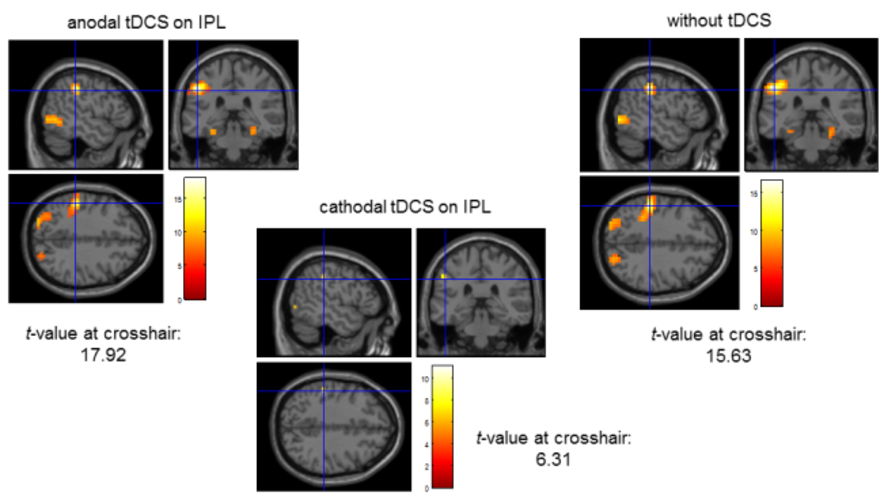Sie befinden sich hier
Inhalt
Introduction
The importance of understanding the organization of conceptual knowledge and object recognition becomes apparent when dealing with patients suffering from category-specific knowledge disorders such as relatively selective knowledge impairments for animate objects (e.g. animals), or relatively selective impairments for manmade, inanimate objects (e.g. tools). When looking at brain damaged patients in more detail, it turns out that conceptual knowledge is organized according to domain-specific constraints [1] which is supported by results from functional magnetic resonance imaging (fMRI) in healthy subjects [2]. One of the most remarkable human abilities is that of recognizing objects in a fraction of a second. One question that is central to our understanding of object recognition is how conceptual knowledge is represented and organized in the brain such that we can use it so efficiently.
Methods
First we record whole-brain 3T fMRI data in two different set-ups: in one set-up subjects view an existing set of images of manipulable objects (i.e. objects with which humans interact, such as tools) whereas in the other set-up subjects undergo transcranial direct-current stimulation (tDCS) before entering the scanner to specifically excite or inhibit brain areas related to the manipulable objects shown. tDCS is a neuromodulation technique that selectively interferes with the target brain region (here: inferior parietal lobule (IPL)) by inducing an electrical current.
Results
First results show that applying tDCS does modulate neuronal activity at the target area. The fact that these effects were obtained in an experimental situation where the target area was already engaged in processing one of its preferred stimuli is in line with the idea that tDCS effects are activity-selective [3].

References
[1] Capitani et al., Cogn Neuropsychol, 2003, 20, pp. 213 - 226.
[2] Martin, Annu Rev Psychol, 2007, 58, pp. 25 - 45.
[3] Bikson & Rahman, Front Hum Neurosci, 2013, 7, Article 688.
Further reading
- J. Almeida, A. Martins, F. Bergström, L. Amaral, A. Freixo, A. Ganho Ávila, S. Kristensen, D. Lee, J. Nogueira and M. Ruttorf. Transcranial direct current stimulation effects on object-selective neural responses in the inferior parietal lobe.
13° Encontro Nacional Associação Portuguesa de Psicologia Experimental, Braga, Portugal, 2018, P-70. - F. Bergström, A. Martins, J. Almeida, L. Amaral, A. Freixo, A. Ganho Ávila, S. Kristensen, D. Lee, J. Nogueira and M. Ruttorf. Transcranial direct current stimulation effects on object-selective neural responses in the inferior parietal lobe.
Rovereto Workshop on Concepts, Actions, and Objects, Rovereto, Italy, 2018, P-7. - J. Almeida, A.R. Martins, F. Bergström, L. Amaral, A. Freixo, A. Ganho Ávila, S. Kristensen, D. Lee, J. Nogueira and M. Ruttorf. Polarity-specific transcranial Direct Current Stimulation effects on object-selective neural responses in the Inferior Parietal Lobe. Cortex, 2017, 94, 176 - 181.
